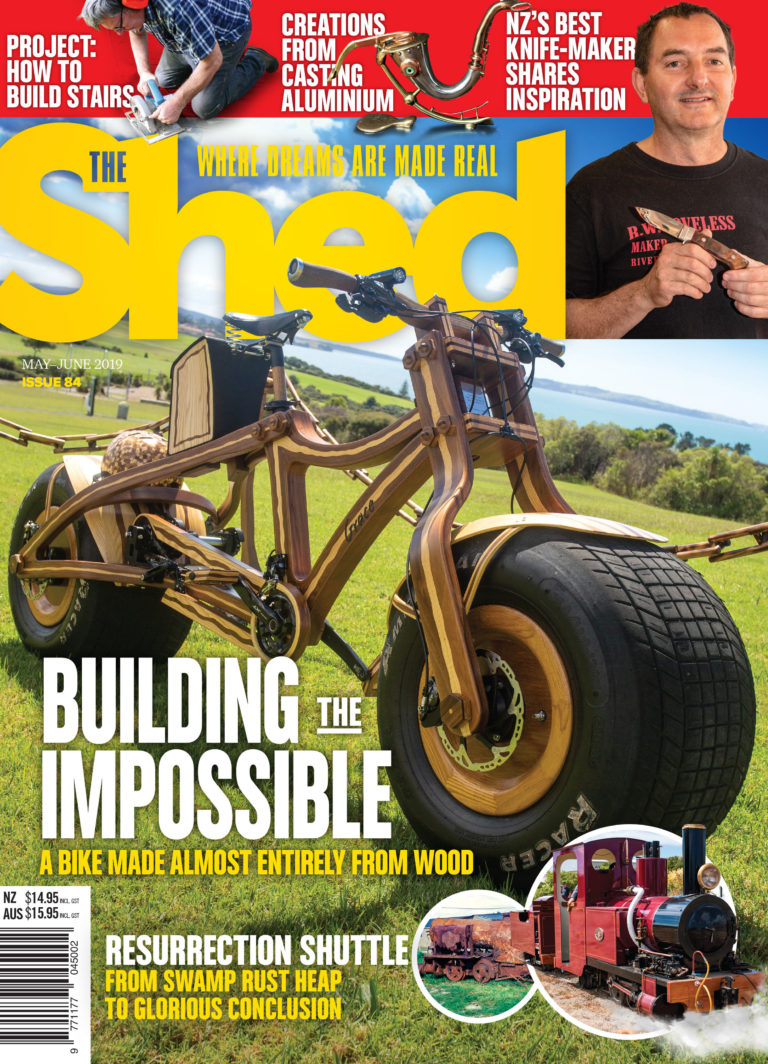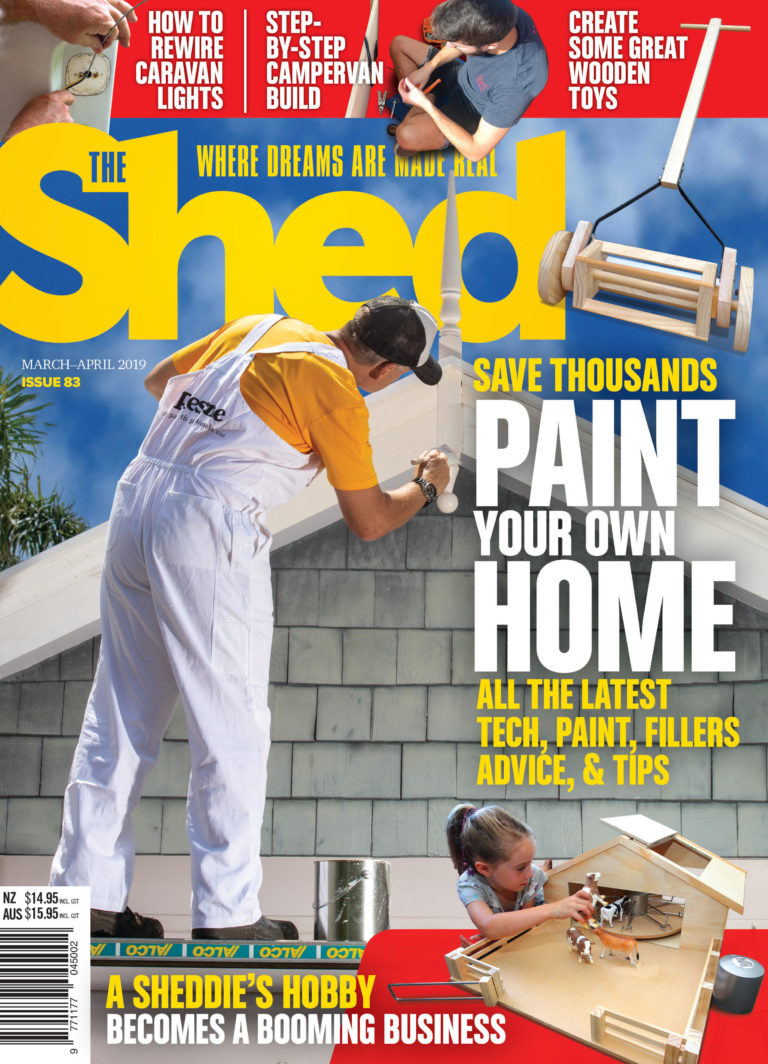Our cover article for this issue is on how to do lost wax casting. Lost wax casting is one of those workshop processes that are so very useful for replicating parts or just being creative. In this issue #103 of The Shed, we begin a three-part series showing how to do your own lost wax casting to cast bronze. Our teacher is David Reid and it is his own technique that he has perfected over 50 years of casting and teaching: the David Reid Technique. With only the absolute minimum of tools and products, everyone will be able to cast like a pro after following his step-by-step process. Also in this issue; Making Japanese panels, make a classic wooden workbench, metal garden structures, model railways and much more.
Lost wax casting — part one
Lost wax casting is one of those workshop processes that are so very useful for replicating parts or just being creative. In this issue #103 of The Shed, we begin a three-part series showing how to do your own lost wax casting to cast bronze. Our teacher is David Reid and it is his own technique that he has perfected over 50 years of casting and teaching: the David Reid Technique. With only the absolute minimum of tools and products, everyone will be able to cast like a pro after following his step-by-step process.
“Reid is a master bronze caster and sculptor who has perfected a much more accessible way of casting the molten metal, both in foundries and in his workshop. David’s shed — close to the sea and bush at Sandy Bay — used to be a potter’s workshop, complete with a brick, wood-fired kiln. He has no permanent foundry as such, but will build it as we go through the process of learning to sculpt, mould, and cast a small, abstract bronze sculpture.”
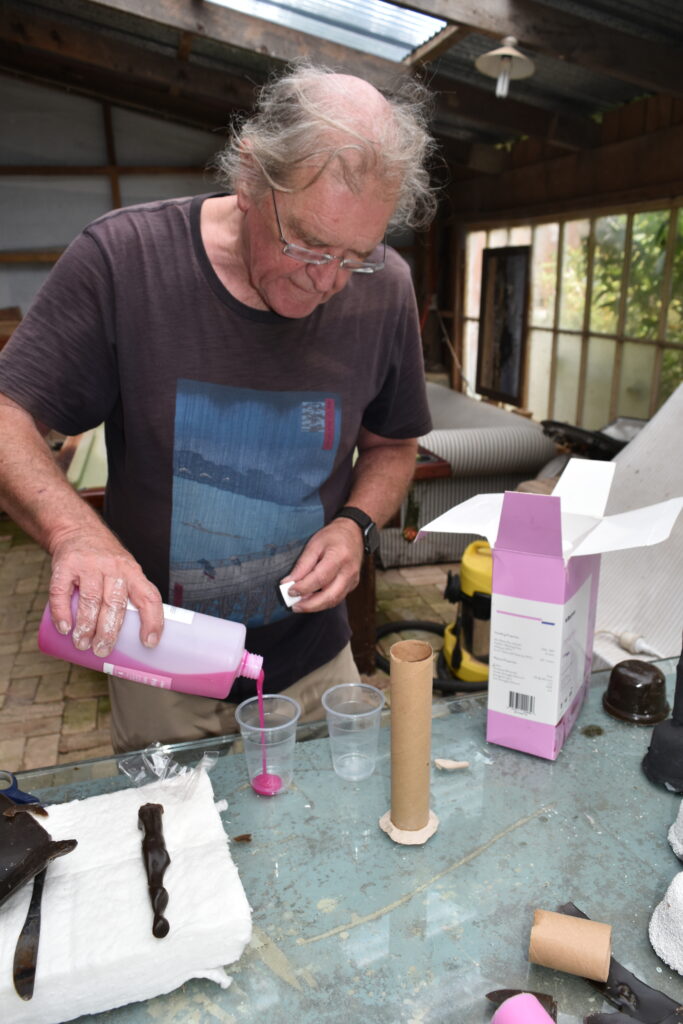
Make a classic wooden workbench
Our From The Shed Archives article this issue was one of our most popular from the early days of the magazine, Make a Classic Woodwork Bench. This is part one of a two-part series and will show you how to make a solid, stable addition to your shed workshop that will give you many years of great service.
“Why a cabinetmaker’s bench? The bench has a fundamental role within any workshop, and we feel the higher the quality of the bench, the more care will be taken in its use. Consequently, this will reflect in the work being carried out.
“A true and flat surface acts like a datum for your work. Combine this with flexible and effective ways of holding your work and a rock-solid support structure that positions the work surface at the correct height for your endeavours and you have a multifaceted holding system for fine woodworking.”

Black-and-white photography
Photography is all digital now, right? Well, it doesn’t have to be. There is a small group of photography enthusiasts in Hamilton who enjoy working in and appreciating film. To make it even more retro, they rejoice in glorious black-and-white imaging.
“These days, photography is 99 percent digital and unbelievable in its convenience and immediate computer compatibility.
“Hamilton man Ken Johnson is a retired medical doctor, and an enthusiast keeping alive the skills and techniques of film-based photography and the hand printing of photographs.”
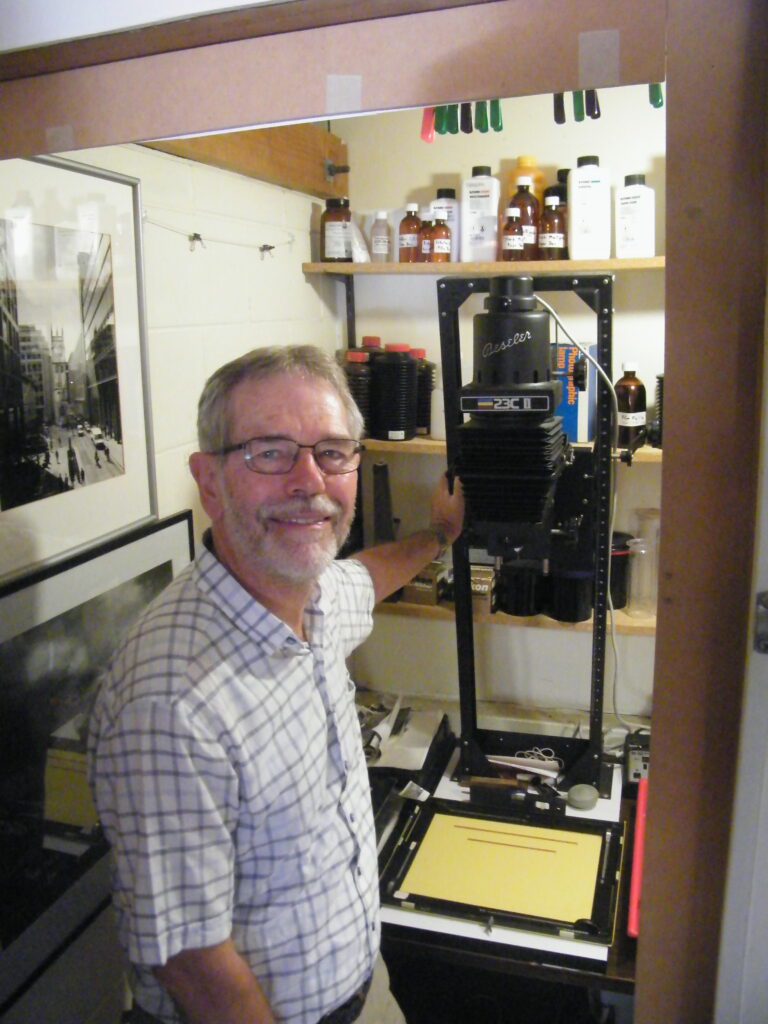
Two books inspire two boys
A couple of books have caught the eye of Ritchie Wilson this issue, Woodworking is Awesome! and Girls Garage. After reviewing these two books, Ritchie got inspired and gathered some young sheddies to make a project from one of the books. So we not only got two interesting books to discover but a project to see just how easy they were to interpret by some young ones.
“The item I chose to make, using the plans in Woodworking is Awesome! and Girls Garage, was the tool tote, as I have a large tote, from the middle of last century, which I bought in an Ashburton antique shop. The material I used was a couple of pieces of 19mm thick pine shelving which had been salvaged from a local church renovation. I chose dimensions that roughly averaged the examples in the two books — both are exactly the same length.”
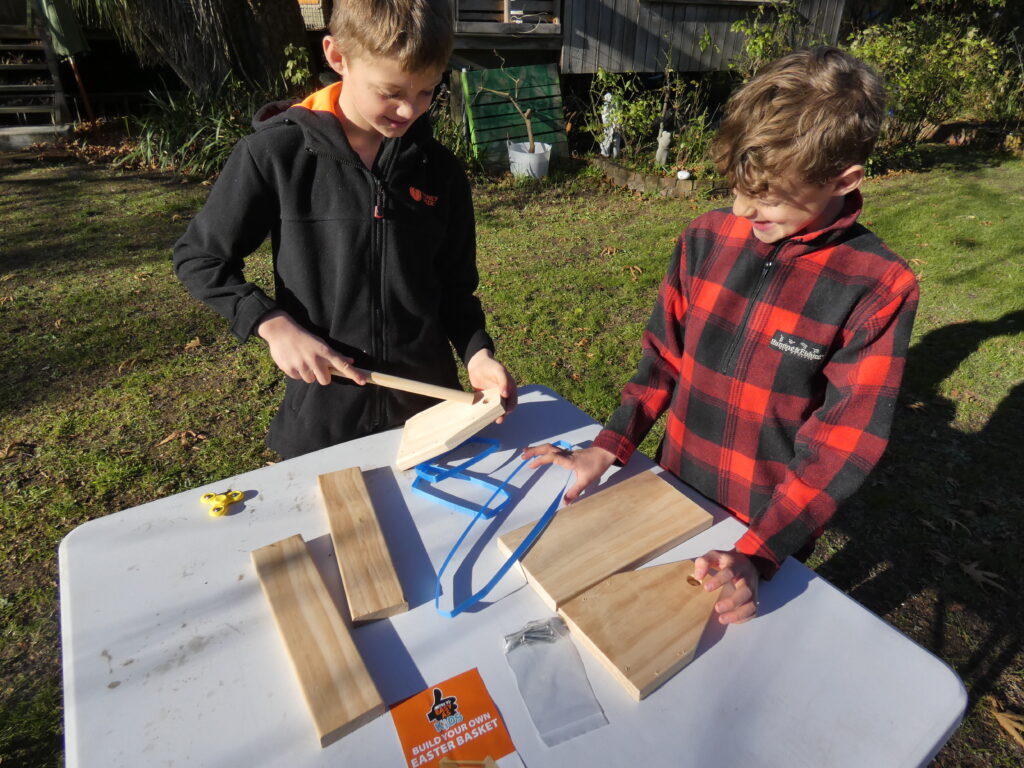
Making garden art
There is nothing that drives a sheddie crazier than to see good stuff lying around going to waste. Understandably, Coen Smit felt this way when he saw leftover steel around his workshop and thought he could really make something useful from it. Hence, Coen shows us how he made some practical and stylish garden art to ensure marital bliss.
“First find a scroller. Making such sculptures is simply a matter of acquiring a scroller and some flat bar and then letting inspiration strike. I have made a couple of metal sculptures for the garden before, but they have mostly been a collection of ironmongery that have come together to make something a bit unusual.”
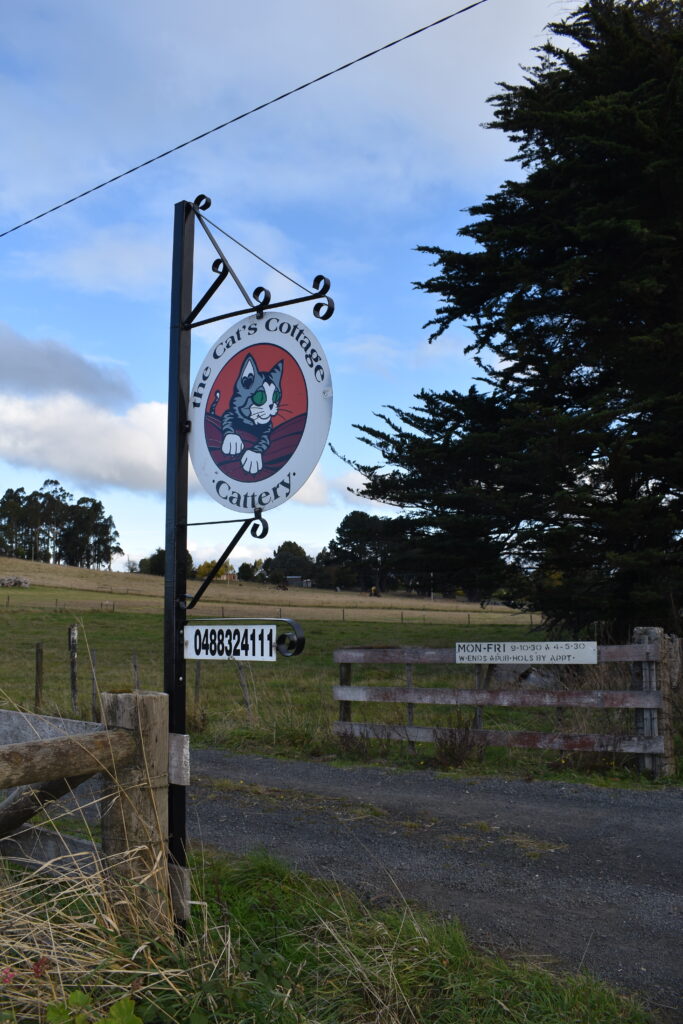
Tales for makers
Our electronics wizard Enrico Miglino is always looking for different ways to bring technology into our everyday lives, whether in a practical sense or to just have fun. In this issue, Enrico starts a new series of articles that takes having fun with electronics to a whole new level; offers a way for readers to get involved in the entire project in conjunction with Element 14; and will eventually be turned into a book. Are you not intrigued?
“Tales for Makers, which will be published in The Shed in eight parts, is a storytelling experiment dedicated to the makers’ community.
“For each issue, I will propose a new fictional story where one or more unbelievable technologies interact with the characters, who are then challenged to solve a mystery.
“All eight tales will be connected by a central theme mystery, whose solution will be discovered along with the episodes. The goal of the tales is to inspire readers to explore, hack, and experiment, creating real-world applications”
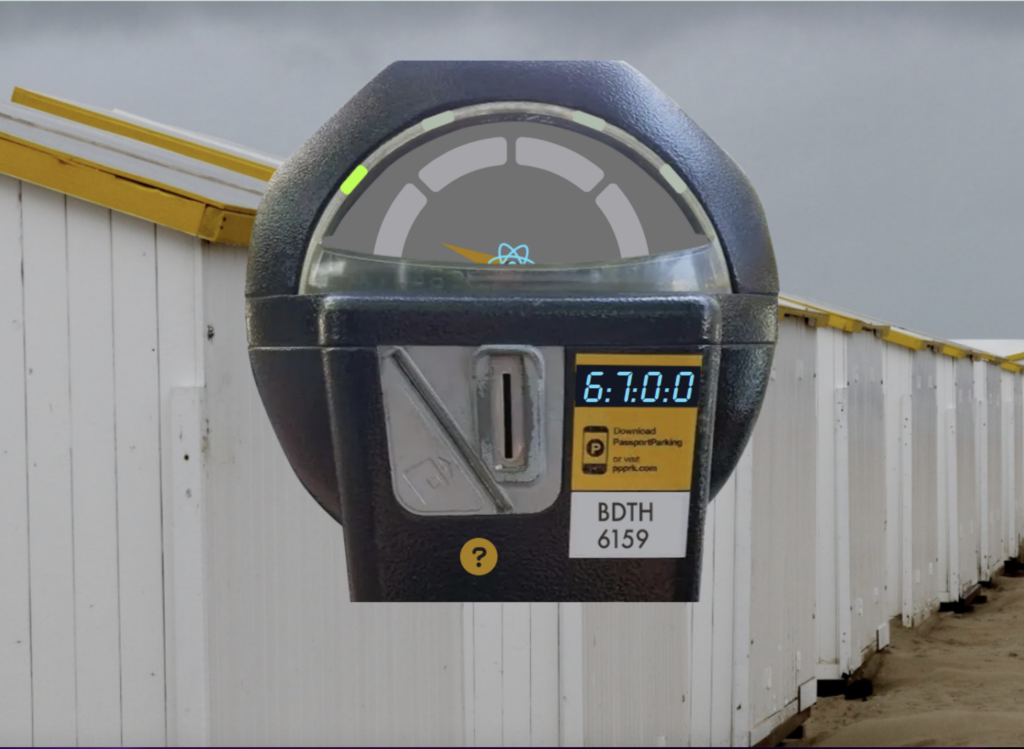
Making Japanese panels
Nigel Young is turning Japanese — well, turning his attention to creative Japanese woodwork, to be more accurate. He has discovered Kumiko, the art of friction, and Christchurch sheddie John Wise, who is a great student of making these delicate wooden panels. Read about, enjoy, and learn how to make these delicate wooden pieces.
“I’m coming to the conclusion that Japanese culture is primarily about art, and how to express just about anything, beautifully.
“Presentation, balance, and tension, precision and scale — much of it going back hundreds of years, and still as relevant now as it was then. Take the technique known as Kumiko, which a very brief and totally inadequate Wikipedia article describes as:
‘a Japanese technique of assembling wooden pieces without the use of nails. Thinly slit wooden pieces are grooved, punched, and mortised, and then fitted individually using a plane, saw, chisel, and other tools to make fine adjustments. The technique was developed in Japan in the Asuka era (AD 600–700).’
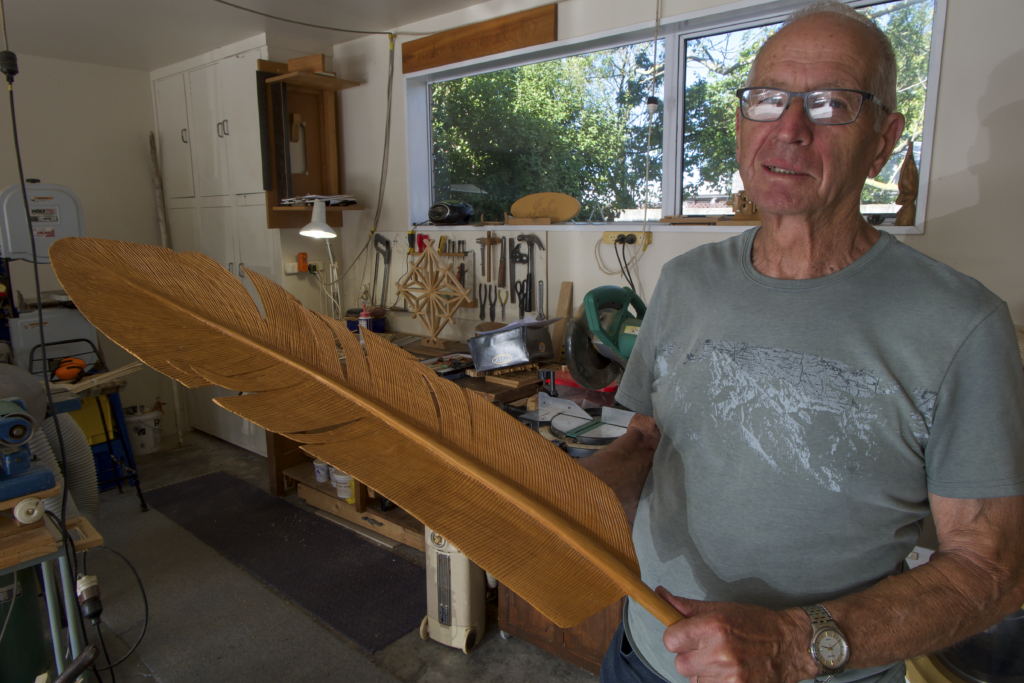
The Shed shrink
Our resident Shed shrink Mark Seek is here to look after our well-being and this issue walks us through how less can be more.
“‘Less is more’ — no doubt, most of you would have heard that phrase. I have a sticker on my Royal Enfield motorcycle that says just that, and I am proud to say size isn’t everything! Let me explain before the rock-throwing starts.
“My glorious Royal Enfield — purchased recently — has a small-capacity engine of a mere 350cc. I am sure the engine is made of lumpy custard, as it struggles in a headwind two up — yes, my wife enjoys being perched on the pillion seat.”

Off the grid
Living off the grid as Murray Grimwood does, he is always looking to use what he has around and save precious cash — especially in these cash-strapped days we are experiencing currently. In this issue, Murray gets nature to help him build a fridge to store food in a safe and cool environment. Learn what he builds in a forest on his rural mainland property.
“Food storage without the use of refrigeration — sometimes called clamping — calls for venting, darkness, and coolness short of freezing. Some folk dig into a bank or basement to take advantage of the less-variable and on average cooler ground temperature. Others, particularly those in hot climes, use evaporation techniques to remove the excess heat of the sun — usually by evaporating water from wetted fabric, straw, or unglazed pottery. We’d been storing our produce in an insulated shipping container and in dead freezers in shady places; this time I went right back to energy basics.”
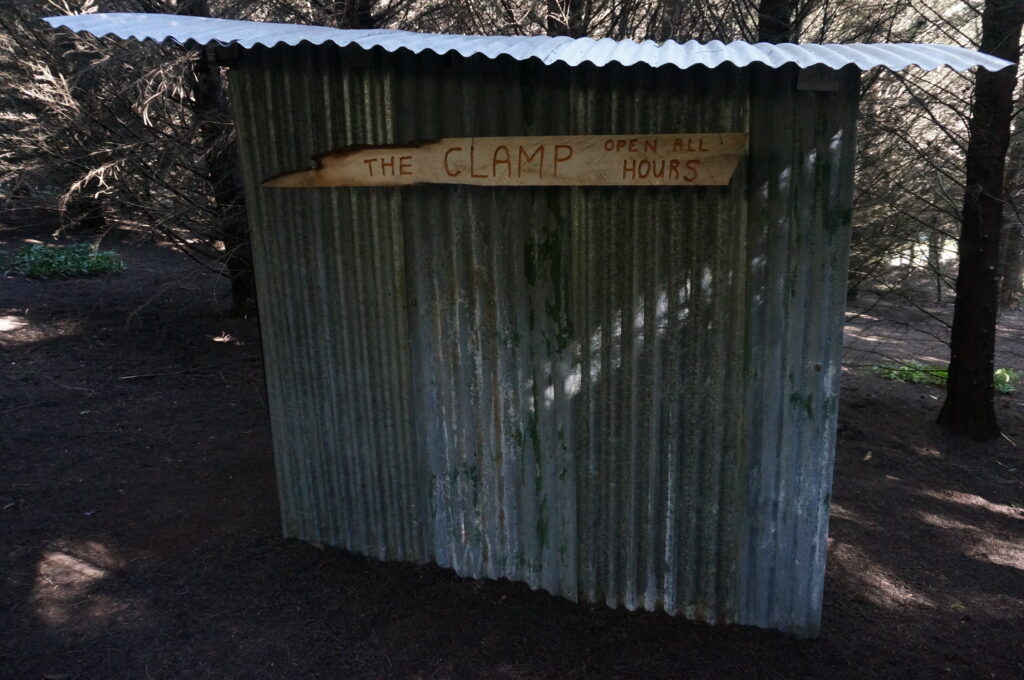
A history of hammers — part two
A tool that may have been around for more than 3 million years and can still be found in nearly every home — this month we learn more about how to create the perfect hammer.
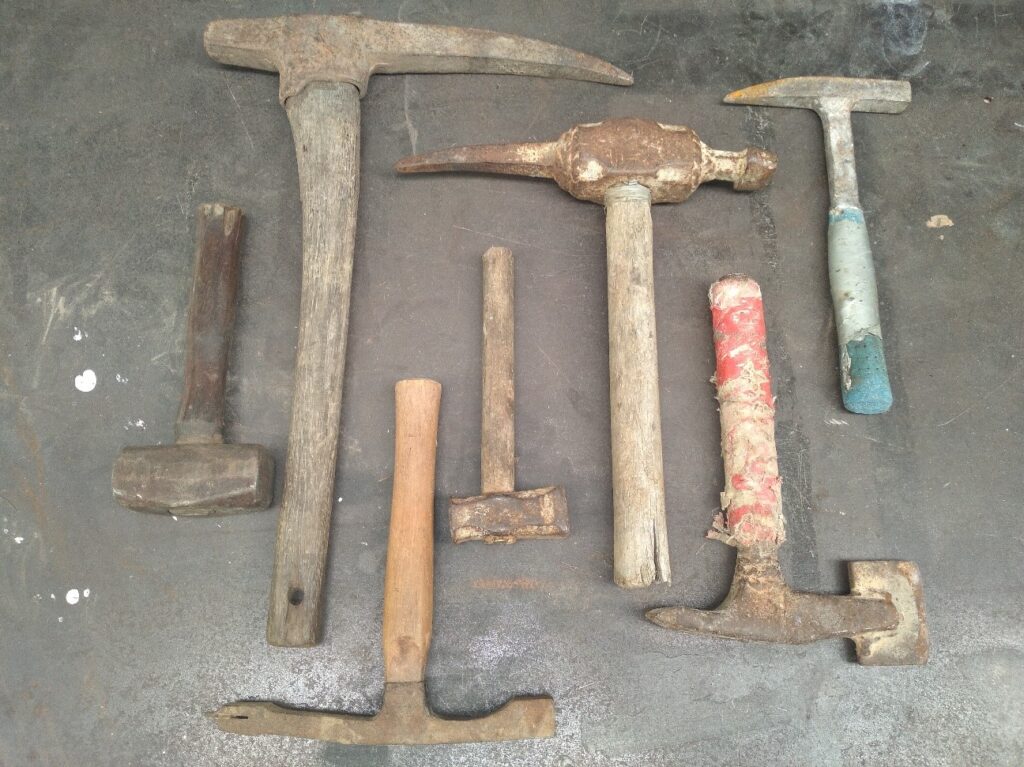
A shed life for me
Edwin Edmonds retired and, like many Kiwi males, thought it was time he joined a Menzshed and got cracking with making stuff and learning more skills. Little did he know that life was about to throw him a curve ball and he would be heading on a big journey of self-discovery and fulfillment.
“Upon reaching the retirement age of 65, I was looking for something to do when a friend suggested going to a Menzshed. Although I knew nothing about it, I decided to check it out as I had purchased some woodworking tools over the years. However, having spent most of my life in the jewellery industry, I had little knowledge of how to use the tools and hoped the Menzshed might have some guys who could help me.
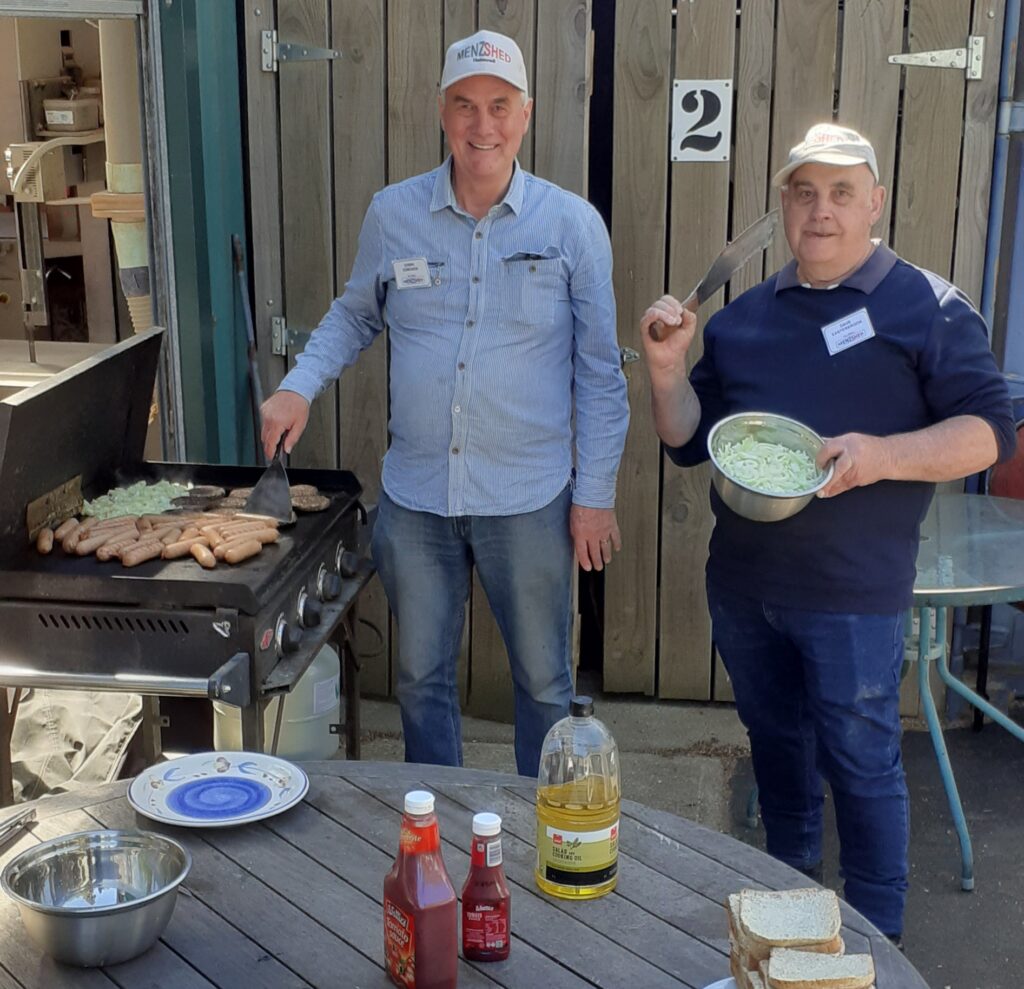
Ticket to ride
Many sheddies are model-railway enthusiasts, and ex-MP George Hawkins is one for sure. Living on the southern edges of Auckland, he grew up riding on and enjoying our railways from a very young age. Now, George has created a model railway that is not only very Kiwi but also very locally relevant in its livery and layout.
“The distant hiss and roar of steam engines, the screech of locomotive brakes, a guard’s whistle blowing, and the clang of railway-crossing signals greet visitors arriving in George Hawkins’s shed.
“Above the sounds of the rail yards come intermittent sirens, squeals of children playing in a rural school, and a church choir in full voice. About the only thing missing from this room of rail is the smell of diesel and coal-fired steam trains.
“With around 14 metres of track, running the circumference of the inner walls of his shed, George has created a slice of NZ Railways history, circa the mid-1960s, give or take a few years, a little poetic licence, and a lot of humour.”
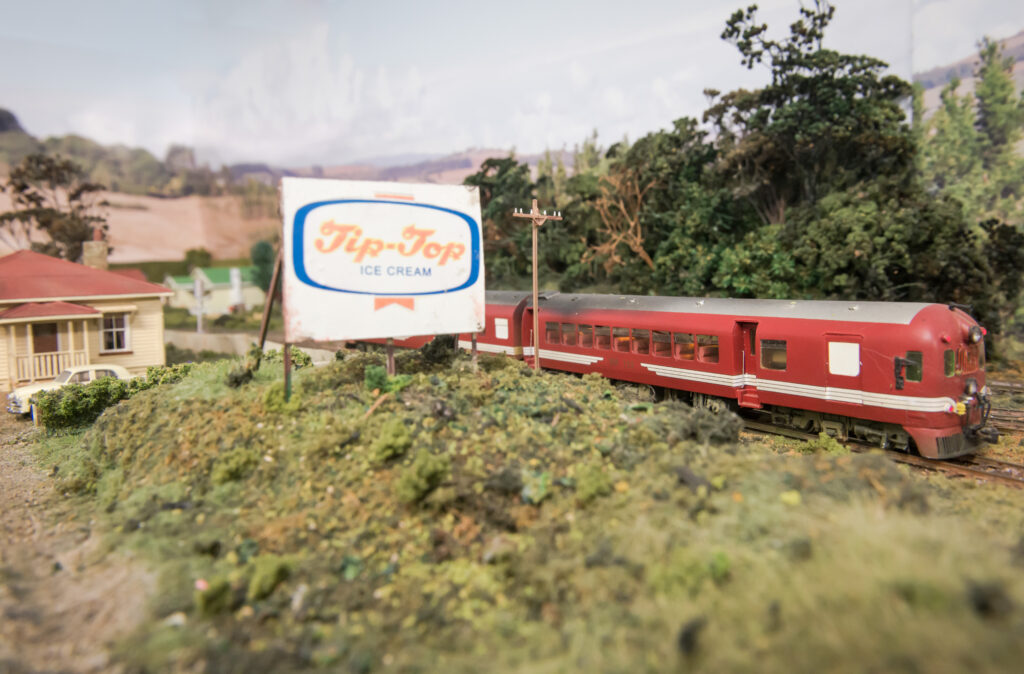
Back o’ The Shed
Living on a fixed income means that Jude needs to watch the bills he has to pay very closely. He has been frustrated for some time with his electricity provider but at last, he has a meter-monitoring solution and it is saving him $s big time.



